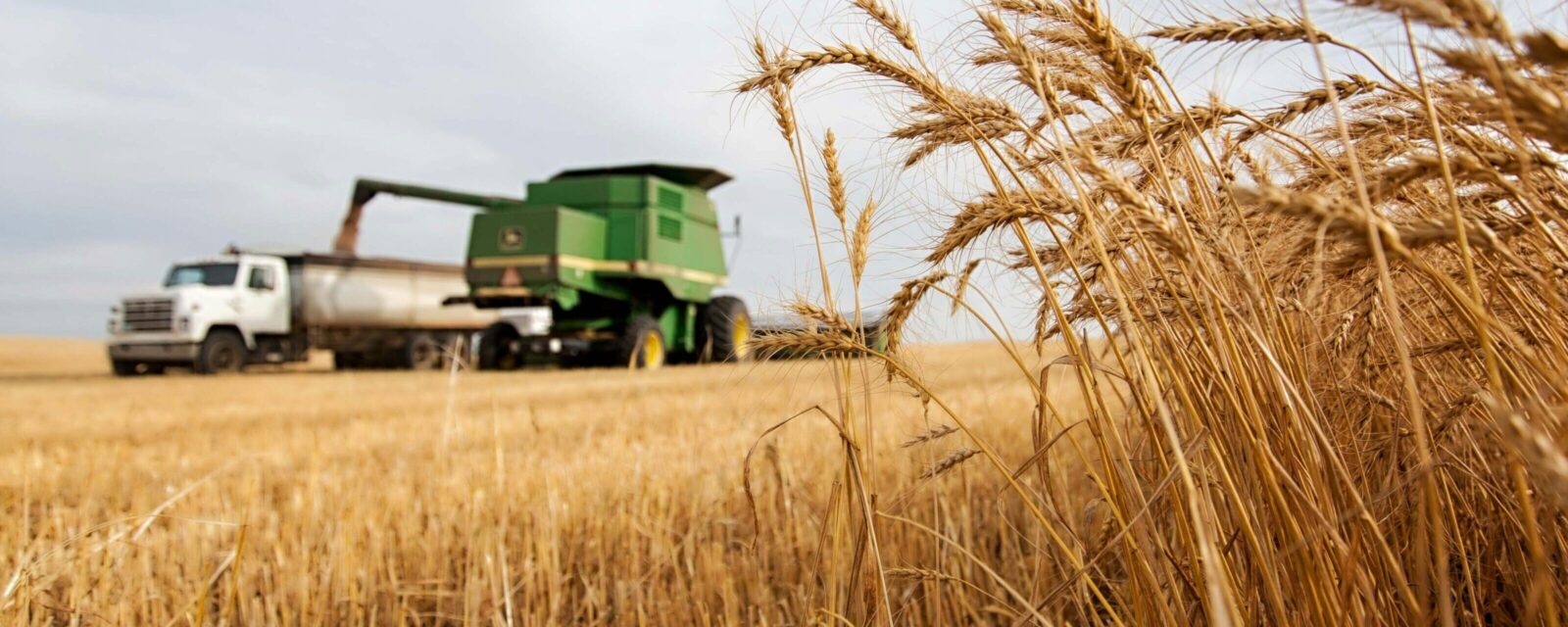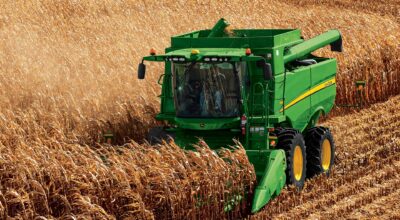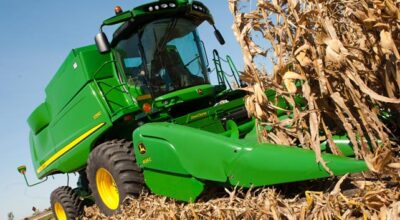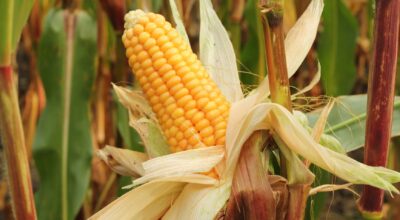Mid-fall harvest season tests every part of a farming operation. Combines are rolling, trucks are lining up, and even a short delay in transferring or storing grain can slow the entire workflow.
That’s where grain handling equipment comes in. The right augers, conveyors, and grain carts keep grain moving steadily from field to storage, protecting quality and preventing costly delays.
Just as important is keeping that equipment in top condition. Consistent upkeep helps prevent downtime and keeps harvests running without interruption.
This guide covers the essential equipment, maintenance steps, and safety best practices that boost post-harvest efficiency, ensure grain quality, and protect profitability for your operation.
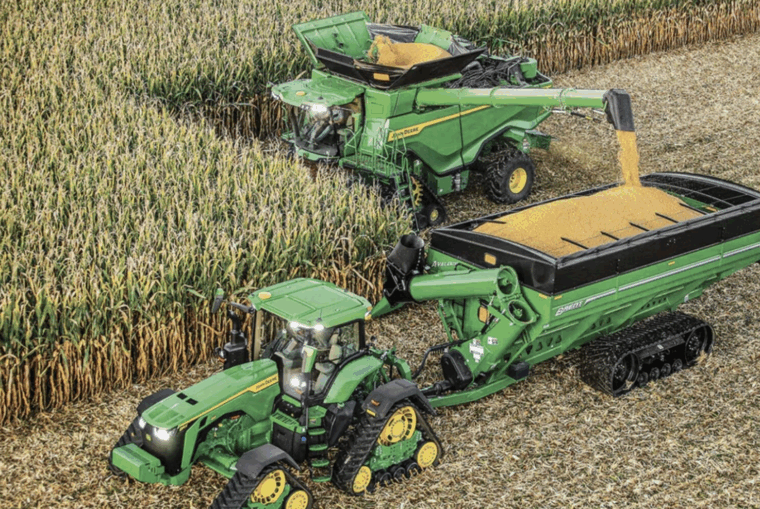
Key Takeaways
- Proper grain handling after harvest helps maintain grain quality and market value while minimizing storage and transport losses.
- Reliable augers, conveyors, and grain carts form the backbone of post-harvest success.
- Inspecting and maintaining your equipment after harvest prevents breakdowns next season and protects your investment.
- Prioritizing safe operation and proper handling practices protects workers, prevents accidents, and keeps every part of your harvest running smoothly.
Why Post-Harvest Grain Handling Matters
Every step after the combine counts, and the way you handle your grain can make or break the value of your harvest. Here’s why effective post-harvest handling matters:
- Grain quality: Careful handling during transfer helps prevent kernel damage, moisture buildup, and contamination, keeping grain clean and market-ready. Smooth, efficient movement from combine to truck also helps preserve test weight and overall crop value.
- Time savings: Smooth loading and unloading keep your harvest on schedule, especially when weather windows are tight. Well-maintained augers and carts help you move grain quickly, so combines stay productive throughout the day.
- Reduced losses: Grain that sits too long in trucks can trap heat and moisture, leading to spoilage and insect damage. Efficient transfer and storage systems reduce these risks, ensuring more of your harvested bushels stay in sellable condition.
- Labor and fuel efficiency: Upgrading to modern augers, conveyors, and carts reduces manual labor and shortens transfer times. That means fewer trips, less idling, and lower fuel costs — all while helping your crew cover more acres with less effort.
Essential Post-Harvest Grain Handling Equipment
Once harvest is underway, smooth grain handling depends on equipment that’s in good working order to prevent slowdowns and protect grain quality. Here’s a look at the essential tools that keep your post-harvest process running reliably and what to check before the next haul.

Augers and Conveyors
Augers and conveyors are essential for keeping grain moving efficiently from field to storage. Together, they ensure a steady flow through every stage of handling.
- Augers: A portable grain-handling auger uses a long tube with rotating flighting to move bulk grain between trucks and carts after harvest. Built for speed and reliability, they transfer grain quickly during busy harvest days and help prevent costly slowdowns in the field.
- Conveyors: A conveyor moves grain on a continuous belt or chain system from one point to another, often from a bin to a truck. This offers a smoother, gentler transfer than an auger which minimizes cracking and maintains grain quality.
To keep performance consistent and prevent slowdowns during harvest, it’s important to regularly inspect these main components:
- Flighting wear: Worn or uneven edges can reduce capacity and scuff or crack kernels. Replace worn sections early to maintain capacity and grain quality throughout harvest.
- Tube integrity: Dents, rust spots, and small cracks can lead to leaks or cause grain to snag. Check tubes regularly to avoid issues that slow down flow and create maintenance headaches later on.
- Motor performance: Overheating, vibration, or slow operation of the motor under load may indicate bearing failure or electrical strain.
- Bearings, belts, and guards: Confirm that all are in place, well-lubricated, and tensioned correctly. Loose or missing guards can create safety hazards and interrupt grain flow.
Grain Carts
Grain carts are high-capacity wagons pulled by tractors to transfer freshly harvested grain from the combine to waiting trucks or storage. Each cart is equipped with an unloading auger that empties grain quickly and efficiently, allowing combines to keep harvesting without pause.
Routine inspection is key to reliable performance and long-term durability. Focus on these components that affect safety, stability, and unloading speed:
- Tires and frame: Look for worn tread, low pressure, or cracked welds that can lead to breakdowns or uneven loads on soft ground.
- Auger performance: Watch for slow or uneven unloading, which may signal flighting wear or drive issues, both of which can cause delays when transferring grain to trucks.
- Scales and sensors: Ensure onboard scales and moisture sensors are properly calibrated to maintain accurate load tracking and prevent overfilling.
- Rust and corrosion: Check the cart body and auger housing, especially around joints and welds, for rust or pitting that weakens structure and can contaminate grain.
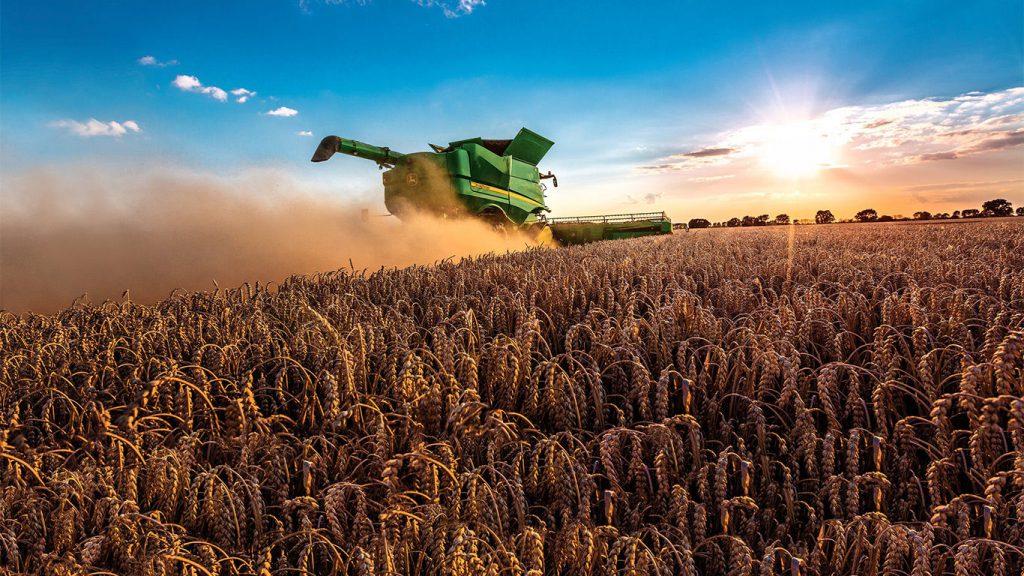
Maintenance Tips to Prepare Grain Handling Equipment for Storage
Post-harvest is the ideal time to clean, inspect, and prep your equipment for storage. Give each piece of grain handling equipment a thorough once-over before winter sets in to prevent bigger repairs later and ensure a smoother start next season.
- Clean augers and carts: Remove leftover grain, dust, and debris to keep pests and mold from settling in. Pay special attention to tight corners and under flighting where buildup often goes unnoticed.
- Check bearings, chains, and belts: Examine for looseness, wear, or cracking, and apply fresh grease to reduce friction and extend component life. Worn belts or chains can cause friction damage and uneven performance during next year’s harvest.
- Rust prevention: Coat exposed metal surfaces with a rust inhibitor and cover outdoor equipment to shield it from snow and humidity. This simple step helps protect major investments from off-season wear.
- Off-season maintenance plans: Keep a log of inspections and parts replacements. Clear records make spring setup faster and help identify recurring wear patterns before they become major issues.
Safety Best Practices for Grain Handling
Grain handling is a critical part of every harvest, but it also comes with serious safety risks that demand constant attention. A single shortcut or missed inspection can lead to accidents that halt operations and put workers in danger, so safety should be built into every task.
- Use protective gear: Wear personal protective equipment (PPE) such as dust masks, hearing protection, and gloves to reduce exposure to dust, debris, and moving parts. Simple habits like this help prevent respiratory issues and long-term hearing damage.
- Inspect safety systems: Regularly test guards, emergency stops, and alarms to confirm they’re working properly. Even one missing or disabled guard can create serious hazards around augers or conveyors.
- Train every worker: Make sure all employees understand proper grain handling techniques and rescue procedures for entrapment scenarios. Clear communication and regular drills help make sure everyone knows what to do before an emergency happens.
Lasting safety depends on both proper training and reliable equipment. Visit your local John Deere dealer to learn more about the tools and expertise that help protect your team and your harvest.
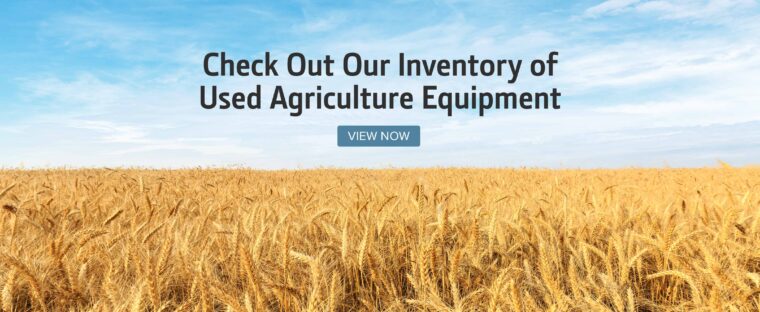
FAQs About Grain Handling Equipment
1. What’s the Most Important Grain Handling Tool for Post-Harvest Efficiency?
The best tool depends on your operation, but augers and conveyors often make the biggest difference in how efficiently grain moves from the field to storage. Augers speed up transfer between trucks and carts, while conveyors offer a gentler option that helps maintain grain quality.
2. Is It Worth Buying Used Grain Handling Equipment?
Yes, used equipment can be a smart investment if it’s been well cared for and inspected thoroughly. Check the machine’s age, visible wear points, and motor hours, and ask for service records or maintenance logs.
When comparing options, prioritize reliable brands and newer models that are easier to service and still have replacement parts available.
3. How Do I Know if My Auger or Conveyor Needs Servicing?
Watch for vibration, slow operation, or unusual noise when running under load, as these are early signs of bearing wear or electrical strain. Regular cleaning, lubrication, and preseason inspection help prevent most issues before they slow your harvest.
